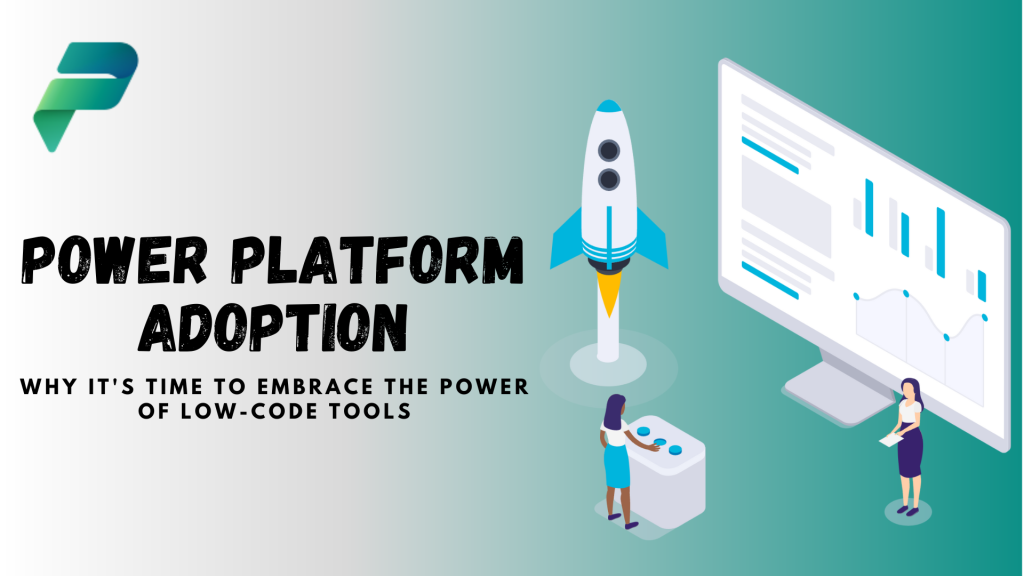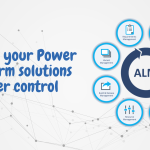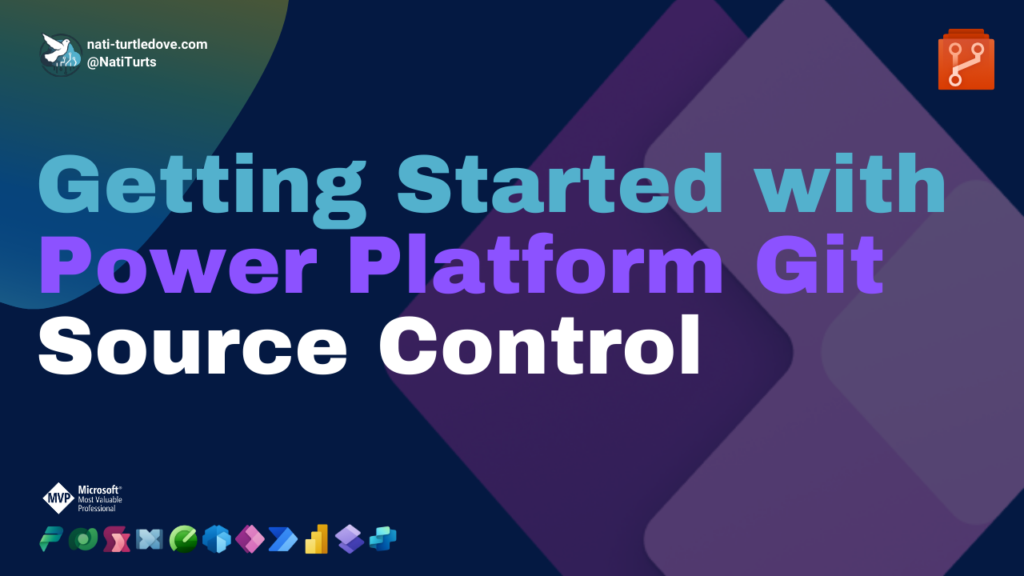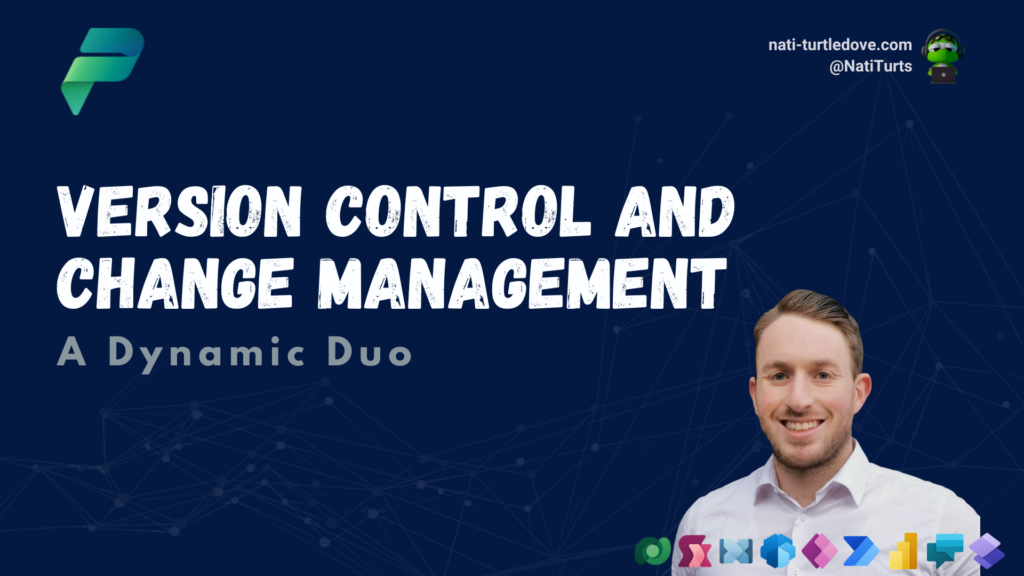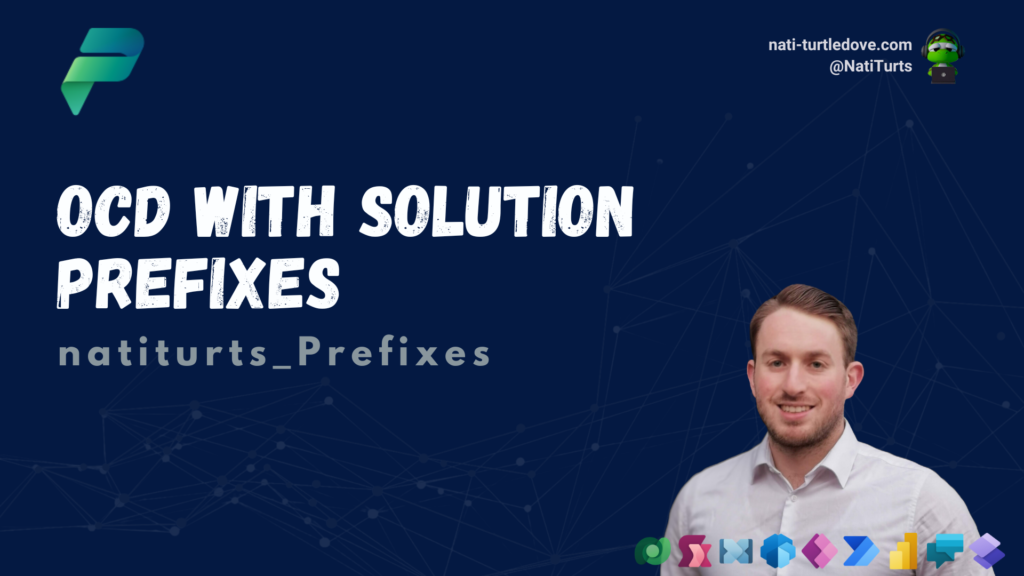The Why
Before diving into the three stages of a successful Power Platform adoption, it’s important to understand what the Power Platform is, and how it can benefit your business. With the fast-paced technology growth in our current day and age, keeping up to date with systems and processes is absolutely crucial, but can also become difficult and expensive. Say you run a specialized manufacturing plant. Yes, you can go and procure an out of the box solution that will meet 80% of your needs but closing that 20% gap can make or break production. That’s where the Power Platform comes in. With its low-code development structure and its ability to integrate with hundreds of systems, the Power Platform helps businesses close that gap whilst incorporating further automation, efficiency as a more sustainable and cost-effective platform.
What Is The Power Platform?
The Power Platform is a suite of both low-code and pro-code cloud-based product tools. The forming structure of the Power Platform consists of:
- Dataverse: Cloud based data platform acting as the heartbeat of the Power Platform ecosystem. Incorporating standard tables, views and dataflows, Dataverse expands so much further with its in depth business logic and advanced security model.
- AI Builder: Low-code AI tool built on top of Azure Cognitive Services enabling the use of pre-built and custom AI models to be used within your business.
- Data Connectors: Pre-built and custom integration tools allowing the Power Platform to integrate with hundreds of external systems such as Dynamics 365, Salesforce and SAP.
Built on these three pillars are the Power Platform Products:
- Power Apps: Platform to build custom data Model-Driven apps and blank Canvas applications visualizing business processes.
- Power Automate: Advanced front-end and back-end automation offering scheduled flows, data orientated business logic and Robotic Process Automation.
- Power BI: Interactive visual reporting tool allowing businesses to expand on their data and insights through appealing and meaningful dashboards.
- Power Virtual Agents: Conversational bots with the ability to leverage AI, driving human like conversation and support through secure channels.
- Power Pages: Built on the same architecture as Power Apps Portals helping empower more people to create and deliver business-centric, data-powered, modern and secure interactive websites.
How The Power Platform Can Benefit Your Business
Now that you have clearer image of what the Power Platform is, the next step is to identify why and how the platform should be adopted within your organization.
Low-code No-code
The concept of “Low-code No-code” is targeted at individuals that feel the need for certain process enhancements or building required solutions but are unable to produce complex solutions based on their lack of “Pro-code” skills. The “low-code” method aims to support what we call “Citizen Developers” with the ability to build their envisioned solutions and tools through a simple interactive and easy to understand interface. By offering this to everyday users, businesses save both time and money by allowing their employees to build processes that make their days more efficient whilst mitigating the need to implement “out of the box” systems at additional costs. At the same time, daily users also expand their skillsets and knowledge around the Power Platform establishing a vision for more development growth and process driven solutions.
Increased Productivity
Whilst implementing individual and organization solutions to drive processes and data driven decisions, backend workflows can streamline operations, productivity and efficiency. By implementing automated workflows, you mitigate repetitive tasks, human error, and can transact with data much quicker than your average user. With the saved time and more accurate data, you can now focus on core business activities and achieve better results. How does that sound? Freeing up time, making less mistakes, having more accurate data, transacting quicker and having information at your fingertips, all whilst achieving your targeted results! It’s a no brainer.
Streamlines Operations
In addition to incorporating backend workflows to increase efficiency, ensuring processes go through the right channels whilst operations are documented is also important. By incorporating business logic and approval workflows, you can navigate your processes, approvals and data through secure and guided logic ensuring the right people have what they need, when they need it, and make the right decisions.
Lower Development Costs
Weighing up the cost factors of licensing users to either free or premium functionality within the Power Platform must be compared with outsourced development costs and support. Although there may be the licensing cost associated with having Citizen Developers building in your organization, Microsoft offer a variety of licensing options ensuring that you can choose a plan ideal for your business whilst still being more affordable than outsourced product development. When developing with the Power Platform, you own your products with your user licensing, and are not limited to what you can build and expand on.
Data Driven Decisions
Through adopting Power Platform products to drive processes, business logic and data, you can start to visualize your collected accurate data through custom visualizations and reports. Transforming data to information and having this live at the tip of your fingers guarantees you’ll have your businesses insights and data when and where you need it allowing you to make the right data-driven decisions for your organization.
Sharing Is Caring
Lastly, the Power Platform is all about growth and collaboration. With its complex data model and role applied security, sharing flows, apps and reports with users internally and externally becomes manageable and secure.

